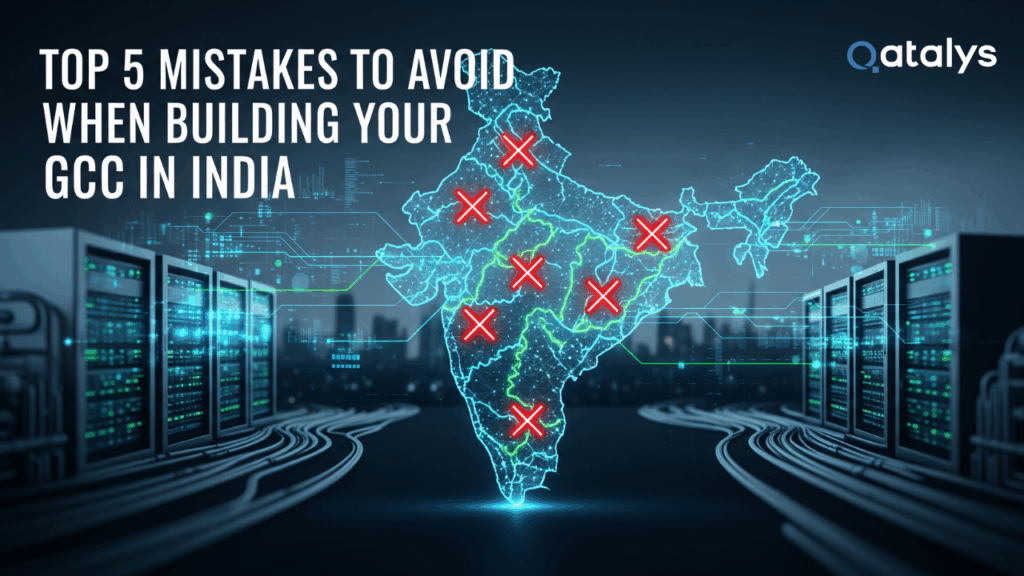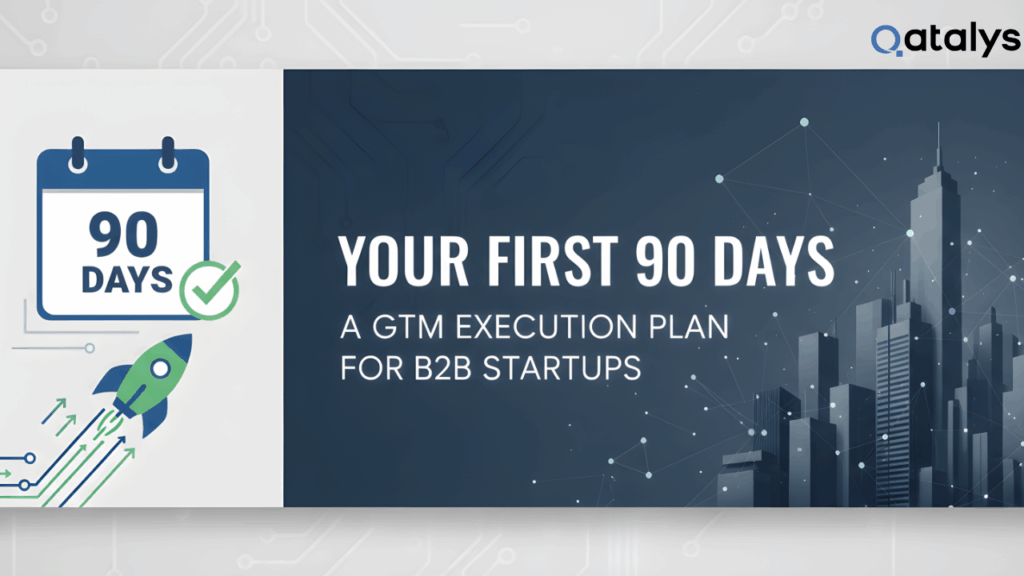Global Capability Centers (GCCs) have evolved from cost-saving delivery hubs to strategic assets driving innovation, transformation, and competitive advantage. But as their scope expands, so does the need to accurately measure their performance. Traditional metrics like cost arbitrage no longer tell the full story.
Today’s GCCs must be assessed on value creation, operational excellence, talent development, innovation impact, and alignment with enterprise goals. This guide outlines the most relevant Key Performance Indicators (KPIs) that modern GCCs should track – along with how to implement them effectively.
1. Core Operational KPIs: Delivery and Efficiency
These foundational metrics ensure the GCC is running smoothly and efficiently:
- Process Efficiency
Track cycle times, process automation rates, and task completion speed to gauge operational throughput. - Service Level Adherence (SLA)
Monitor SLA compliance across functions (IT, finance, support) to evaluate reliability. - Cost Metrics
Focus on cost per transaction, cost per FTE, and cost vs. budget benchmarks – not just absolute savings. - Error Rates & Rework
Defects, rework cycles, and missed deadlines can signal deeper workflow or training issues.
These indicators set the baseline for operational health and help flag inefficiencies early.
2. Talent & People Metrics: Building a Scalable Team
Your GCC is only as strong as its people. Talent-focused KPIs show how well you’re attracting, developing, and retaining the right capabilities.
- Attrition & Retention
Track overall attrition, voluntary exits, and retention of top performers. High churn is a red flag, especially in niche or critical roles. - Time to Productivity
Measure how long it takes for new hires to become fully productive. Shorter ramp-up times = stronger onboarding and alignment. - Internal Mobility & Career Progression
A high percentage of internal role transitions or promotions reflects healthy career pathways and employee engagement. - Employee Engagement / eNPS
Regular surveys help assess satisfaction, loyalty, and areas of cultural improvement.
In today’s competitive talent market, these metrics are as critical as any financial benchmark.
3. Innovation & Value Creation KPIs
Modern GCCs are expected to contribute to transformation and product innovation. Track:
- Number of Innovation Initiatives
PoCs, automation pilots, AI implementations, or internal hackathons launched from the GCC. - Innovation Conversion Rate
How many of those pilots are scaled, productized, or deployed across other business units? - Value Realized
Tie innovations to tangible benefits: cost savings, time savings, improved customer metrics.
This proves the GCC is more than a service center – it’s a growth driver.
4. Strategic Alignment & Business Impact
Beyond internal operations, a mature GCC aligns with and contributes to enterprise-wide goals.
- Business Partnership Index
Measure how many initiatives are co-owned or directly influenced by GCC leaders. - Stakeholder Satisfaction
Internal “client” feedback from business units helps assess the GCC’s strategic value and trust levels. - Alignment to Corporate OKRs
GCC projects should map to global outcomes like revenue enablement, digital transformation, or customer experience.
These KPIs measure strategic integration – not just functional performance.
5. Risk, Compliance & Governance KPIs
GCCs operate in regulated environments and manage sensitive data, making compliance essential.
- Compliance Audit Scores
Internal and external audit results, number of non-conformities, and resolution timelines. - Security Posture
Track incident volume, response times, and cybersecurity readiness (e.g., ISO 27001 certification, MFA coverage). - Vendor Risk Management
% of critical vendors with active SLAs and compliance reviews. Also track third-party incident reports. - Business Continuity Readiness
Results of BCP/DR drills, recovery time objectives (RTO), and failover execution quality.
These metrics ensure the GCC is a secure, accountable operation – especially vital for regulated industries.
6. KPI Maturity Model: Scaling as You Grow
GCCs at different stages require different KPI approaches.
| Maturity Stage | Focused Metrics |
| Initial Setup | SLA adherence, process cost, onboarding time |
| Scaling Phase | Automation %, attrition rate, internal mobility, innovation |
| Mature Stage | Value delivered, strategic alignment, cross-BU collaboration |
| Transformational | New revenue impact, IP creation, global leadership index |
Avoid tracking everything at once – prioritize based on maturity and business expectations.
7. Metrics That Drive Action
Numbers alone don’t matter unless they prompt change. To drive action:
- Build real-time dashboards with RAG (red/amber/green) indicators.
- Assign owners to each KPI with accountability for progress.
- Review KPIs quarterly with senior leadership, not just operations.
- Add forward-looking indicators (e.g., talent pipeline strength, PoC pipeline) alongside lagging ones.
Make metrics part of decision-making – not just reporting.
8. Pitfalls to Avoid
GCC leaders often fall into these traps:
- Tracking vanity metrics that don’t align with outcomes.
- Underreporting risk due to over-reliance on surface-level compliance.
- Ignoring qualitative insights, such as stakeholder trust or team morale.
- Failing to update KPIs as the GCC’s role evolves.
A good KPI framework is dynamic – it matures with your center.
Conclusion
A successful GCC isn’t just efficient – it’s accountable, aligned, and impact-driven. The right KPIs tell that story.
By tracking a mix of operational, talent, innovation, risk, and strategic alignment metrics, leaders can demonstrate true value, gain stakeholder trust, and continuously evolve their global capability center.
Want to level up your GCC performance?
Book a 1:1 GCC Metrics Audit to benchmark your current performance and build a strategic reporting framework.
Your GCC’s growth is only as good as what you measure. Let’s get started.








